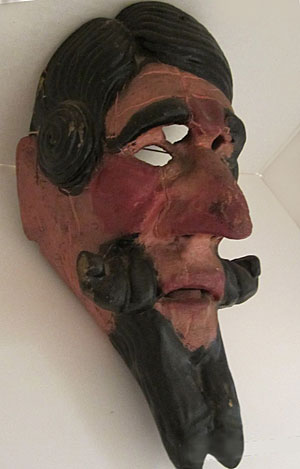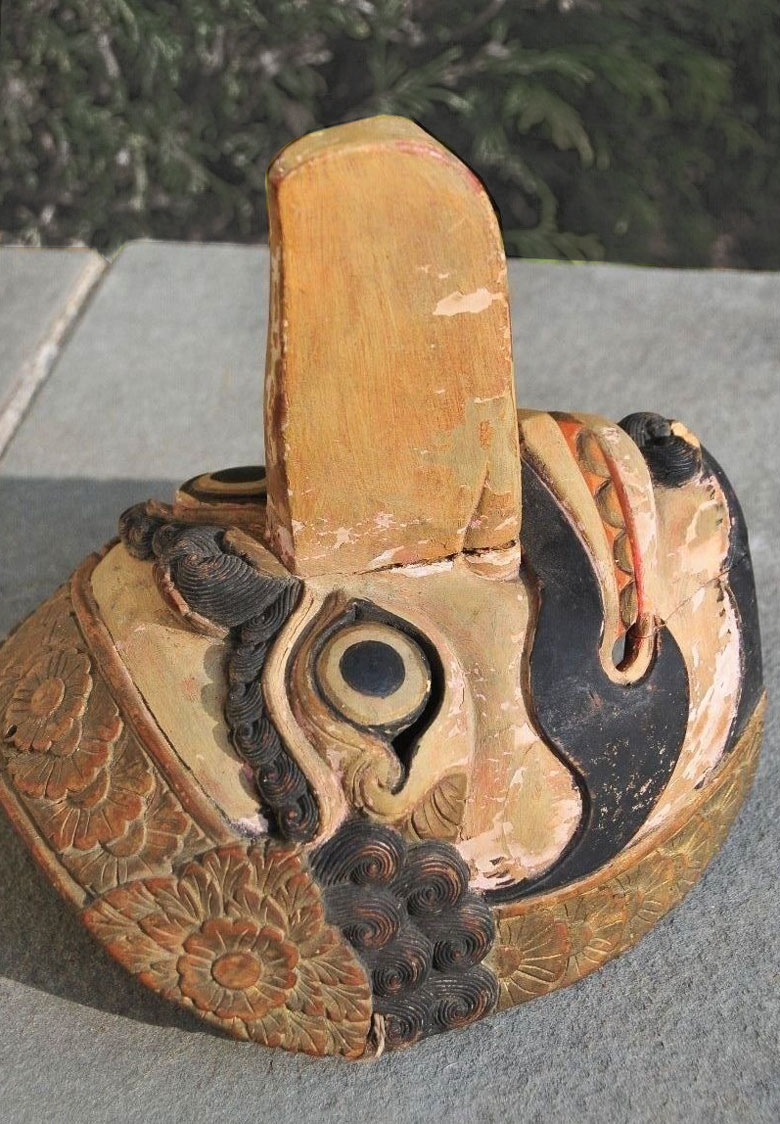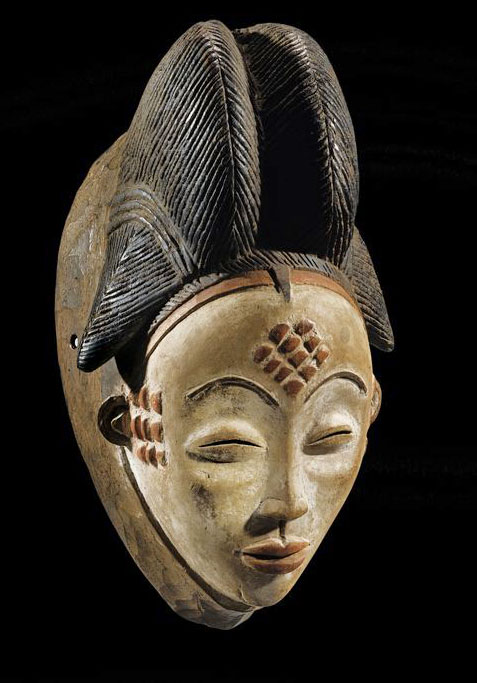The word Noh means talent, skill and craft in art performance. Noh is the oldest theater style played today. Noh is classical Japanese musical drama based on tales from traditional literature performed since the 14th century. In the story, supernatural creature transforms into human shape and tells the story. The actors tell a story through gestures and appearance in masks. They capture the essence of the story with masks, props and costumes trough dance performance.
Their almond-shaped eyes stare blankly into space. The ambivalent corners of their mouths leave their moods utterly indiscernible.
These wooden masks were made to be expressionless. But performers are charged with using slight and subtle movements to reveal the hidden emotions carved into each one.
Dating back almost 1,000 years, Noh is a style of musical drama with plots ranging from Japanese legends to modern-day events. Its masks, carved from blocks of cypress, are a key part of the tradition, representing figures like demons and monks. Actors are able to portray their characters’ feelings by changing the angle and orientation of their heads. A, 1741

 The Kasshiki-otoko noh mask you see here is from the Meiji period, an era of history which extended from 1868 to 1912. It is very carefully carved wood, painted, lacquered and polished several times. This beautiful piece can be found at the Montreal Museum of Fine Arts.
The Kasshiki-otoko noh mask you see here is from the Meiji period, an era of history which extended from 1868 to 1912. It is very carefully carved wood, painted, lacquered and polished several times. This beautiful piece can be found at the Montreal Museum of Fine Arts.



